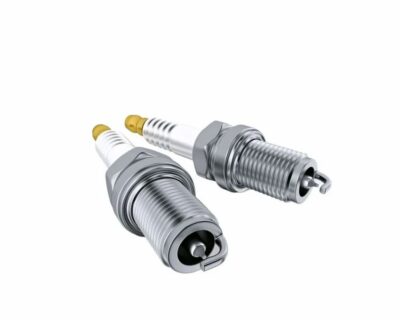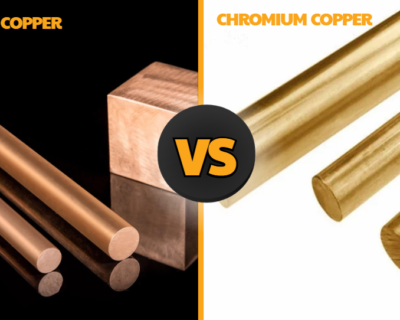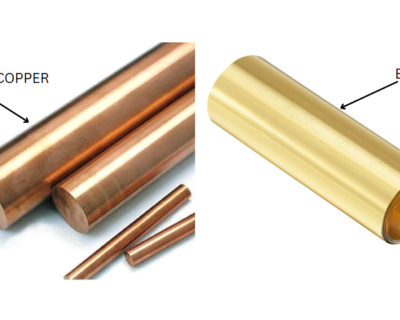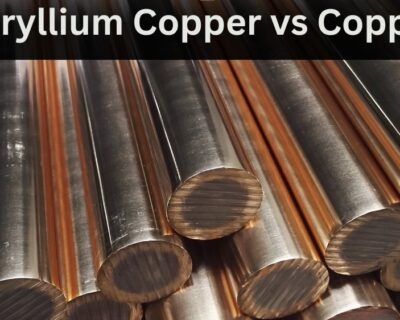Blogs
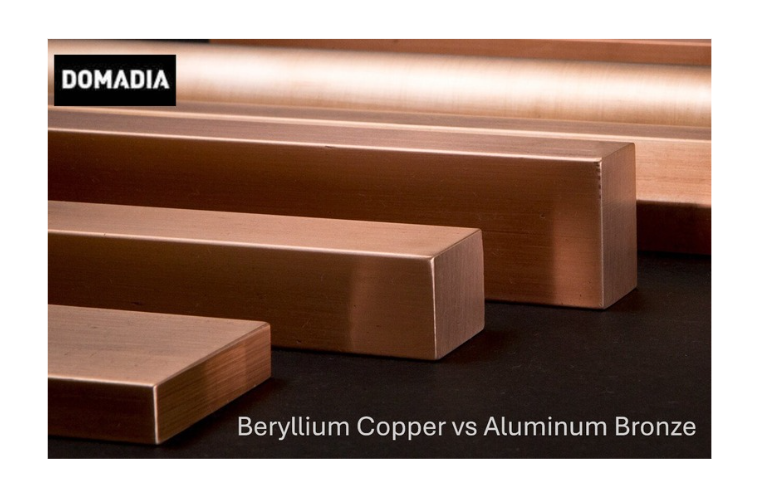
Beryllium Copper vs Aluminum Bronze – Why C17200 is Worth the Investment
Introduction
When it comes to high-performance copper alloys, two contenders frequently surface: Beryllium Copper (UNS C17200) and Aluminum Bronze (UNS C95400). This article delves into Beryllium Copper vs Aluminum Bronze, highlighting their distinct properties, applications, and performance profiles. This comparison explores their mechanical, thermal, and electrical advantages, along with lifecycle value and environmental impact, helping engineers and procurement professionals make a smart, long-term material decision.
Chemical Composition
| Element | C17200 Beryllium Copper | C95400 Aluminum Bronze |
|---|---|---|
| Copper (Cu) | ~97.9% | ~83% |
| Beryllium (Be) | 1.9–2.1% | — |
| Aluminum (Al) | — | 10–11% |
| Iron (Fe) | ~0.2% | 3–5% |
Properties Comparison
| Property | C17200 Beryllium Copper | C95400 Aluminum Bronze |
|---|---|---|
| Hardness (Rockwell C) | 38–45 (aged) | ~25–30 |
| Yield Strength (MPa) | 1100–1400 | 500–700 |
| Conductivity (% IACS) | 20–25% | 6–10% |
| Wear Resistance | ★★★★★ | ★★★☆☆ |
| Corrosion Resistance | ★★★★☆ | ★★★★★ |
| Thermal Fatigue Resistance | ★★★★★ | ★★☆☆☆ |
| Non-Sparking | Yes | Yes |
| Machinability | Medium | Good |
Applications
Beryllium Copper (C17200)
- Aerospace actuators
- High-reliability electrical connectors
- Injection mold tooling
- Oil & gas tools (non-sparking)
- Springs, clips, precision contacts
Aluminum Bronze (C95400)
- Marine propellers and shafts
- Bearings and bushings
- Valve and pump components
- Hydraulic and mechanical wear parts
- Corrosive fluid-handling systems
Technical Standards
| Alloy | Standards |
|---|---|
| C17200 | ASTM B196, B197, B194; RWMA Class 4 |
| C95400 | ASTM B148, B271, B505 |
Advantages & Disadvantages
Beryllium Copper (C17200)
The high-performance alloy for strength + conductivity + longevity
✔ Advantages:
- Exceptional Strength: One of the strongest copper-based alloys (up to 1400 MPa).
- High Fatigue Resistance: Ideal for cyclic stress applications (e.g., springs, actuators).
- Good Electrical Conductivity: 20–25% IACS while still being very strong.
- Thermal Conductivity: Efficient heat dissipation—useful in molds and connectors.
- Non-Sparking & Non-Magnetic: Safe in explosive or magnetic-sensitive environments.
- Long Service Life: Reduces replacements and maintenance downtime.
✖ Disadvantages:
- Higher Initial Cost: More expensive than most copper alloys.
- Special Handling: Beryllium dust is toxic during machining—requires safety controls.
- Moderate Machinability: Harder than other coppers; tool wear is higher.
- Heat Treatment Needed: Requires age-hardening to reach full strength.
Aluminum Bronze (C95400)
The corrosion-resistant alloy for marine, fluid, and heavy-duty use
✔ Advantages:
- Excellent Corrosion Resistance: Performs well in seawater and chemicals.
- Good Toughness & Strength: Withstands mechanical loads and impact.
- Cost-Effective: Lower initial cost than Beryllium Copper.
- Easily Castable: Great for large or complex shapes via casting.
- Good Wear Resistance: Suitable for bushings and bearings under moderate loads.
✖ Disadvantages:
- Lower Electrical Conductivity: Poor choice for current-carrying parts.
- Lower Fatigue Strength: Not suitable for high-cycle fatigue environments.
- Moderate Wear Resistance: May wear faster in abrasive or high-load conditions.
- More Frequent Replacement: Shorter lifespan in precision or high-stress applications.
Cost vs Lifecycle
| Factor | C17200 Beryllium Copper | C95400 Aluminum Bronze |
|---|---|---|
| Initial Cost | Higher | Lower |
| Service Life | 2–3x Longer | Moderate |
| Replacement Frequency | Very Low | Higher |
| Downtime Risk | Minimal | Increased |
| Total Lifecycle Cost | Lower (long-term) | Higher (due to replacements) |
Environmental Impact
When comparing Beryllium Copper (C17200) and Aluminum Bronze (C95400), the environmental difference comes down to lifespan and replacement frequency.
Fewer Replacements, Less Waste
C95400 tends to wear faster, leading to:
- More frequent replacements
- Increased metal waste and scrap
- Higher energy use for casting, machining, and transport
In contrast, C17200 lasts 2–3x longer, meaning:
- Fewer production cycles
- Reduced emissions over time
- Less resource consumption
Lower Lifecycle Emissions
Though C17200 has a higher initial processing footprint, its extended service life reduces total environmental impact, aligning with sustainable manufacturing goals and lowering your carbon footprint.
Conclusion: Beryllium Copper vs Aluminum Bronze
The debate between Beryllium Copper vs Aluminum Bronze boils down to performance vs price. While Aluminum Bronze (C95400) serves well in less demanding, corrosion-heavy environments, Beryllium Copper (C17200) stands out in fatigue-prone, high-strength, precision-demanding applications.
Its longer service life, reduced downtime, and lower replacement needs make it the superior investment for businesses prioritizing reliability and environmental stewardship.
Looking for long-term performance and reliability?
👉 Contact Domadia today to find the right alloy for your application.
Email: sales@domadia.com
Call/WhatsApp: +91-9594066275
Follow us on LinkedIn: https://www.linkedin.com/in/kairav
Talk to: Er.Pankaj Domadia | Kairav Domadia | Aadil Domadia | Pragati Sanap | Pooja N N | Shivani Kanojia

